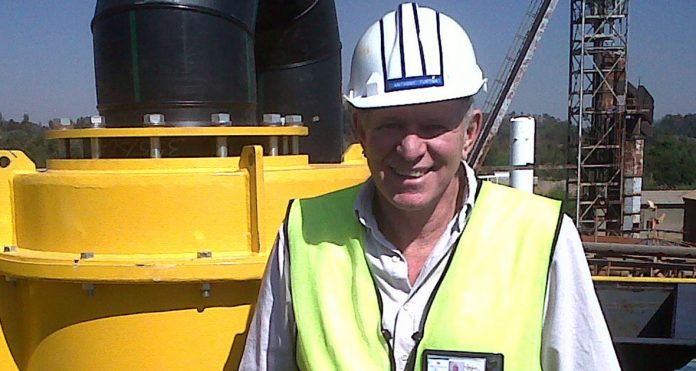Equipped with digital media, driven by awareness of climate change, we grow savvy about sustainable solutions. But solving a natural resource issue like water scarcity hinges on one sensitive question– centralisation versus decentralisation?
Faced with escalating shocks like extreme droughts and floods, science urges us to become resilient. Resilience is largely a function of redundancy and diversity: the more diverse a living population, the greater its odds of surviving catastrophic events. Since natural selection has optimised design over geological timescales, humans can learn to replicate it, via biomimicry.
So if plants and animals evolved by harvesting rainwater, shouldn’t our species do the same?
In essence, over the millennia, we have. Civilisation has only been possible because of the ways a given population has harnessed water and energy to grow food and provide living habitats. Seen through the lens of ecological science, humans have altered natural systems so profoundly that huge populations are now capable of living in cities, billions of us increasingly disconnected from ecosystems.
To reconnect us, rainwater harvesting (RWH) is often proposed as a ‘solution’. Let’s put this in context. RWH offers one tool to link people with ecosystems. But as droughts besiege our homes and businesses, surely we can do more than simply place a tank under a roof to catch water through the gutter?
A more honest answer takes into account urban scale, time, and place. Harvesting rainfall is a feel-good thing. Like recycling, it makes a savvy person believe he or she is at least trying to live in a more sustainable way. In truth, the impact of individual RWH is limited to negligible.
In arid regions, not much can be harvested. When rain does fall, erratically, or in the “wrong” season, it arrives out of sync with human needs. Closing the water supply and demand gap requires storage, and storage gets complicated. It requires so much real estate as to become expensive, and introduces a new set of hazards such as drowning, providing habitats for mosquito infestation and pathogen proliferation, such as Legionella.
These challenges are soluble at the city-scale level, and that is exactly where our focus must be. By using biomimicry as a broad model, we can design connective systems that hold back water as long as possible before discharging storm runoff into the nearest creek. Downpipes can be terminated not in rain barrels for household consumption, but in soak- aways that retain a certain volume of water before allowing it to percolate into the ground. The surplus water is then discharged into a second-tier neighbourhood network of roadside gutters that terminate in a similar but larger structure.
In Western Australia these infiltration systems–a kind of inverted pyramid that captures storm water– are found on corner stands of most city blocks. Once again, the design caters for peak flow by allowing a cascade effect of surplus water to meander its way through the system. The overall result is a highly engineered system that is safe, yet serves both to attenuate peak f lows (thereby reducing extreme risks from flash floods) and recharge aquifers. The latter is particularly useful, if locally appropriate, because in effect it provides storage capacity from
the wet season to the dry without occupying valuable real estate above.
This solution is possible only if the city planners, and geological contours, allow. New developments in permeable aggregate now make it possible to have water drain through porous, macadam surfaces of a parking lot, into purpose-designed underground storage space.
The efficiency of these connective networks for urban rainwater harvesting systems can be complemented–or complicated–by individual efforts. If every family or firm stored rainwater, return flows become radically altered, groundwater recharge diminished and ecological processes negatively impacted.
That’s why the planning, direction, coordination, and incentives must come from the city centre, which has the most to gain through encouraging appropriate collective action. The optimal cumulative effect of ‘nature-based solutions’ is enhanced urban resilience for all, with less impact on aquatic ecosystems such as altered flood pulse, reduced freshwater flows to estuarine habitat, and a sustainable city.
Anthony Turton is a professor at the Centre for Environmental Management, University of Free State, Bloemfontein, South Africa








